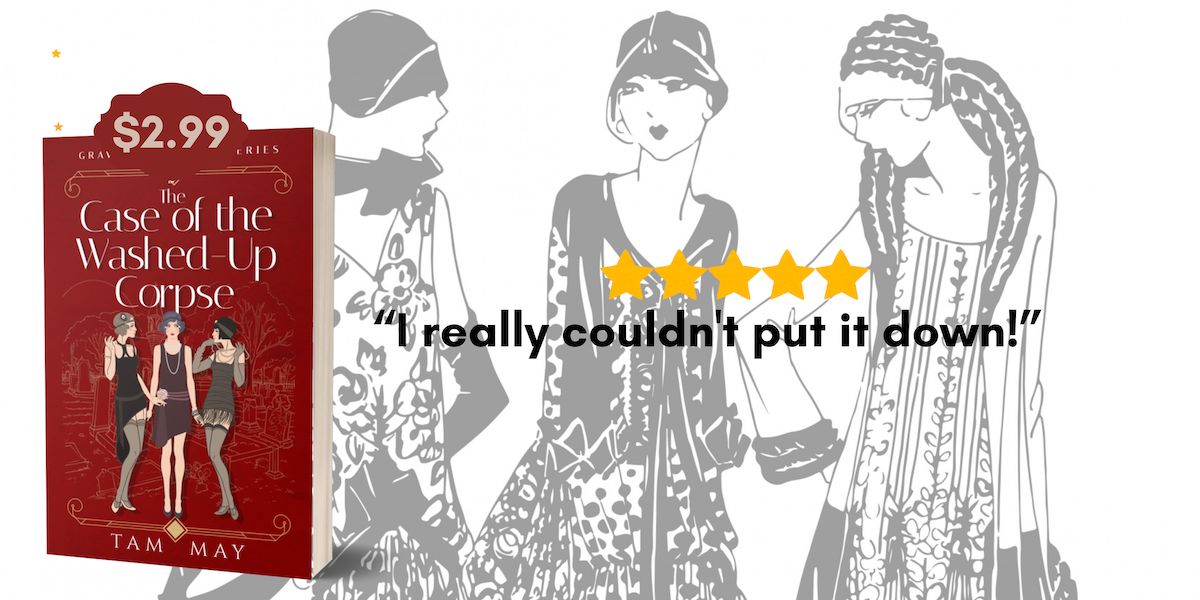Today is Independence Day in America, also known as the 4th of July. Americans have always been enthusiastic about their freedom, especially when you consider it’s an integral part of the American way of life. The Gilded Age and Progressive Era were no exception. America was coming into its own during the late 19th/early 20th centuries in commerce, politics, and society. The Spanish-American War of 1898 brought America onto the world stage for the first time. Things were pretty good.
But Americans carried their enthusiasm a little too far. We know the staples of 21st-century 4th of July celebrations. It’s a social holiday with family BBQs and fireworks to boot. The latter is especially synonymous with Independence Day for most Americans. I’ll never forget the first fireworks display I saw when I was living in San Francisco in 1995 at Crissy Field. It was an impactful show of country spirit and dedication.

Photo Credit: Drawing of a skeleton dressed up for the 4th of July celebrations, 1899, lithograph, created by L. Crusius, Welcome Collection: Look and Learn/CC BY 4.0
It’s hard to believe in the Progressive Era, some politicians were pushing for a “quiet” 4th of July, encouraging Americans to stay home instead of going out and celebrating with fireworks. But they had good reason. The enthusiasm for the 4th had by that time gotten out of hand. Children were going around shooting off toy guns to join in the fun and sometimes their aim wasn’t so careful. Fireworks, as you might imagine, weren’t exactly sophisticated in those days so safety wasn’t a priority. In addition, when people set off canons, firecrackers, and other explosives, they caused many injuries and even death. And we’re talking serious statics here. In 1903 (the year my Adele Gossling Mysteries opens), more than 400 people died and 4,000 were injured during the nation’s 4th of July celebrations. Many of these came from tetanus as a result of shrapnel wounds from dangerous explosives or careless toy guns.
These well-wishers of what was dubbed the Safe and Sane movement weren’t exactly welcomed with open arms. We know many Americans made fun of the reform movements taking place in the early 20th century and they resented these politicians who wanted to take away their fun on Independence Day. Many cities began to implement ordinances to try and curtail these dangerous celebrations. In San Francisco (where part of my series takes place) women’s clubs worked to get toy guns out of the hands of kids younger than seventeen.
This movement encouraged other cities to implement more community-related events around the Fourth (like the yearly firework display at Crissy Field in San Francisco that I saw in the 1990s). Other events besides fireworks were sports, games, and picnics. These events gave Americans a chance to celebrate the holiday in a social environment that was, well, safe and sane!
Want to see more Progressive Era politics in action? Read the Adele Gossling Mysteries! Book 1 is available for free. Book 2 is on sale now!
If you love fun, engaging mysteries set in the past, you’ll enjoy my novella The Missing Ruby Necklace! It’s available exclusively to my newsletter subscribers and you can get it here. By signing up, you’ll also get news about upcoming releases, fun facts about women’s history, classic true-crime tidbits, and more!





